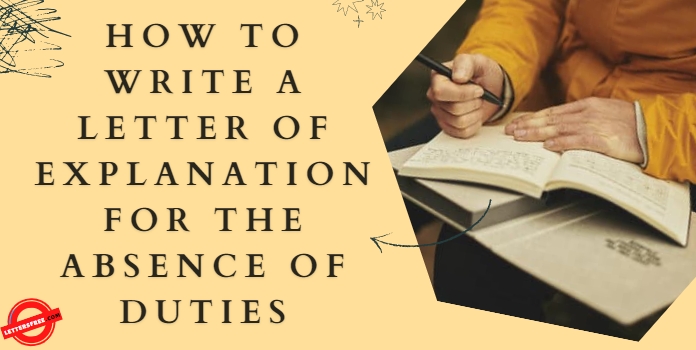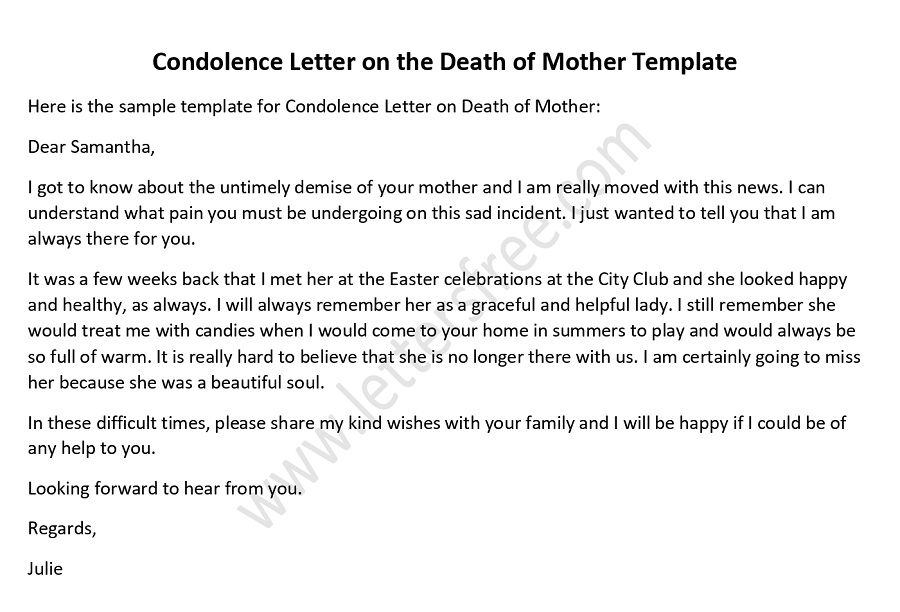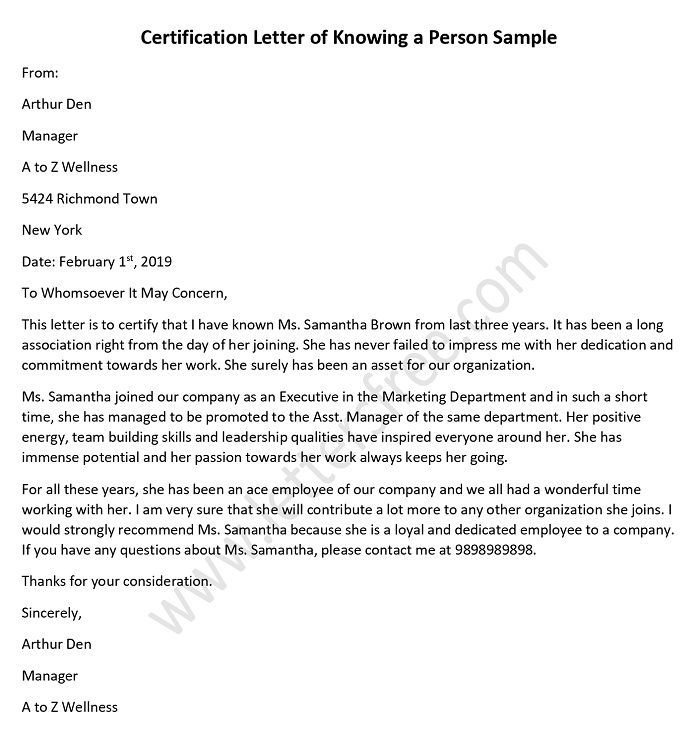Human Resource letters are often called as employment letters or personnel letters. They are written with a purpose of communication between the employee or prospective employee and the employer. Important information is shared formally through these letters and they are also a documentation of the communication between the two parties. There are various kinds of HR letters that are written by the HR personnel for various reasons. Here is a list of some of these most commonly drafted letters.
- Welcoming a new employee to the company.
- Making a job offer to a prospective employee.
- Informing about receipt of CV
- Notifying about job selection
- Notifying about rejection
- Notifying an employee of his promotion
- Disciplining an employee
- Recognizing the performance of an employee
- Transfer letter to employee etc.
From time to time, different letters are written for different reasons. The important thing to keep in mind while framing such letters is that they have to be informative and must be legal in their content. They have to make sure that while drafting such letters they are not making any kind of offer the employee or the prospective candidate which can create an implied contract. HR letters must contain refined language which in any way doesn’t propose anything which the employer doesn’t offer.
When making any kind of offer, the HR letter must preserve the at-will relationship by including a disclaimer in the offer letter. To make sure that the letters are in synch with the laws of the state courts, employers should have their legal counsels to review the letters so that they adhere to the legal formats and do not invite any trouble.
Here are some of the important points which are essential for writing professional and perfect HR letters. Other than the points mentioned above, it is important to keep the following points in mind to have well framed letters.
Informative
HR letters have to be informative. They should include all the details for which they have been framed. To ensure that you must check the outline of your letter and ensure that it is in connection with the one to which you are responding.
Flow of Information
There has to be a logical flow of information which imparts clarity of thought to your letter. Change from one paragraph to another as and when needed.
Accurate Facts and Figures
If you are using any kinds of facts and figures in your draft then make sure that you have checked them twice before including them in your letter. If you are not sure of any data then do not include it as it is going to weaken your document and will also leave a bad impression of your organization.
Consistency in Tone
The tone of the letter has to be polite and formal. Another important thing to keep in mind is that you maintain a consistency in the tone so that there is no overlapping of information. This will help you keep your letter free from any kind of chaos or confusion.
Grammar and Spellings
You must make sure that your letter is free from grammatical errors, spelling mistakes and wrong punctuation marks. For that, you must read it at least twice and correct whatever mistakes you come across. You can seek help from your coworker to review the document before sending it.
All of these points are helpful in helping you write effective professional HR letters. So make sure that you include them while framing your draft and you will never fail to impress.

 How to Write a Letter of Explanation for the Absence of Duties
How to Write a Letter of Explanation for the Absence of Duties How to write Condolence Letter on Death of Mother with Sample
How to write Condolence Letter on Death of Mother with Sample Certification Letter of Knowing a Person Sample
Certification Letter of Knowing a Person Sample